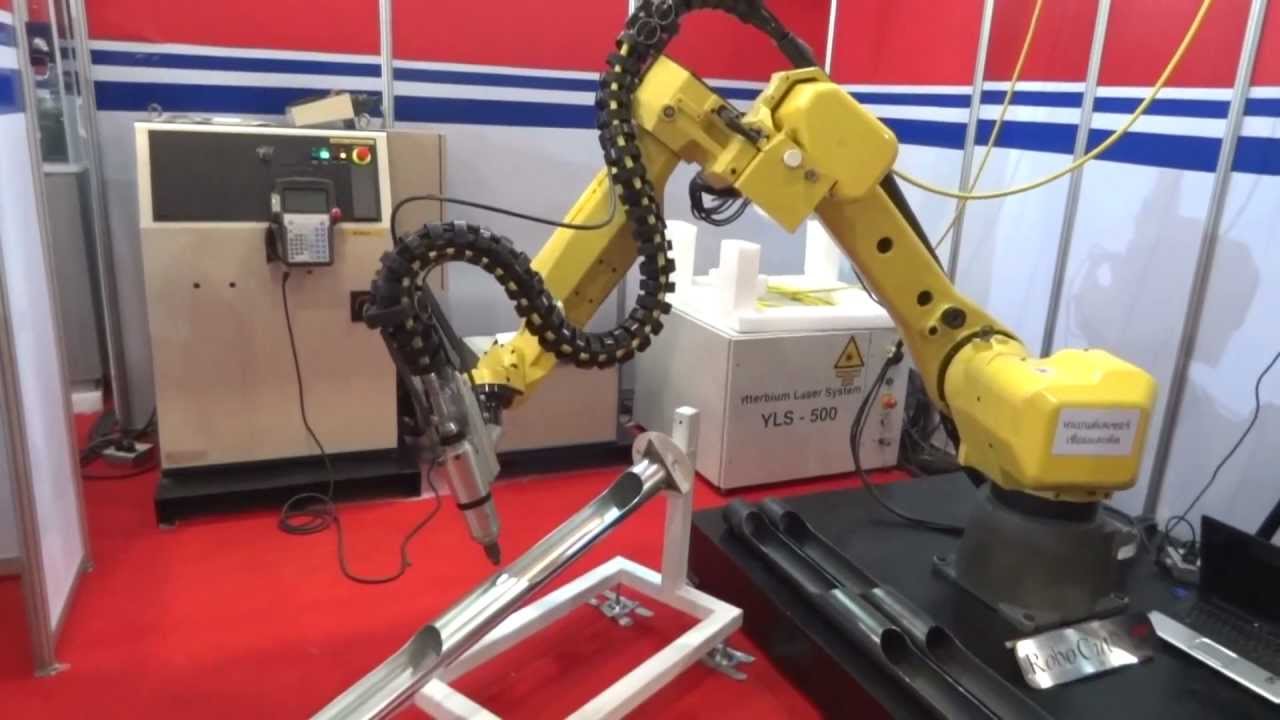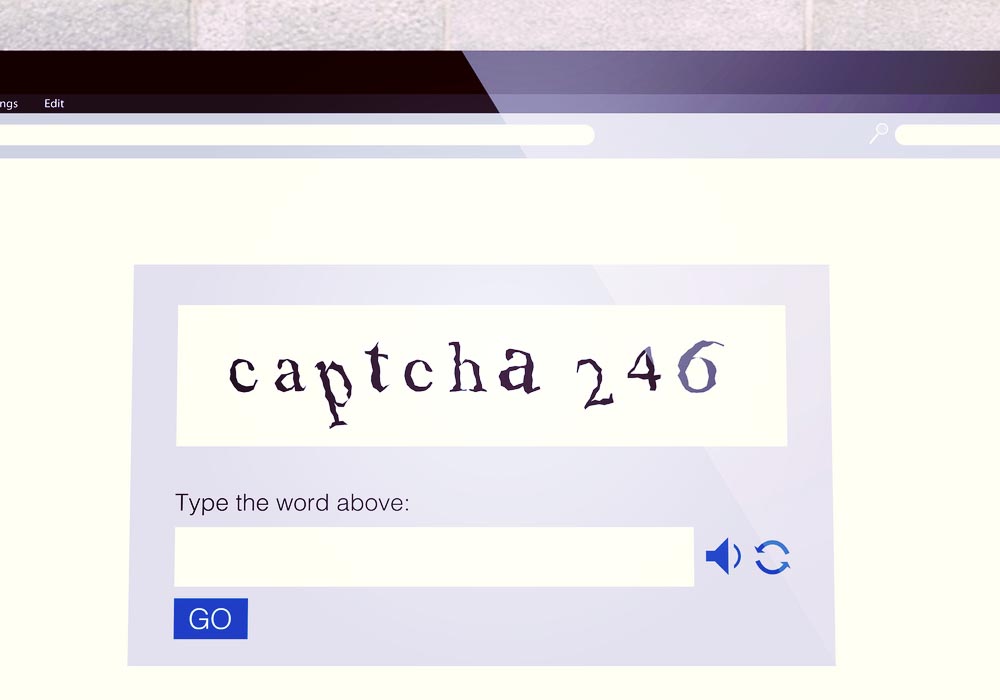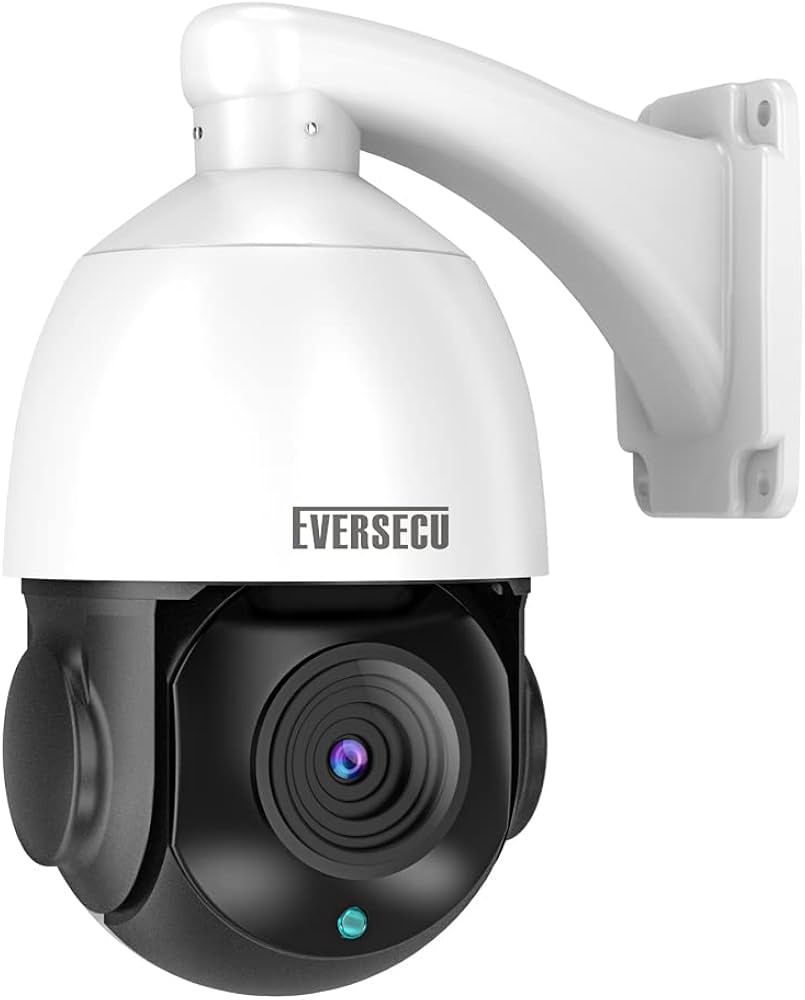
The Robot in the Room: When Online Security Measures Go Too Far
As I sat staring at my computer screen, I couldn’t help but feel a sense of frustration wash over me. The message staring back at me was all too familiar: “We’ve detected unusual activity from your computer network. To continue, please click the box below to let us know you’re not a robot.” It’s a phrase that’s become all too common in our online lives, but have you ever stopped to think about what it really means?
“The robots are coming, the robots are coming!” Okay, maybe not, but it feels like it sometimes.
In an effort to combat the ever-growing threat of cyber attacks, online security measures have become increasingly stringent. But at what cost? Are we sacrificing our convenience and user experience at the altar of security?
The Rise of the Robots
It’s no secret that robots, or rather, bots, have become an integral part of our online ecosystem. From chatbots helping us with customer service to AI-powered tools streamlining our workflows, robots are everywhere. But with the rise of these robots comes the need for stricter security measures to prevent abuse.
 Robot arms are becoming increasingly common in manufacturing and other industries.
Robot arms are becoming increasingly common in manufacturing and other industries.
But what happens when these security measures go too far? When do we cross the line from safety to frustration?
The Frustration Factor
I’m not alone in my frustration. How many times have you been stuck on a website, forced to prove your humanity by clicking on obscure images or solving complex math problems? It’s enough to drive you mad!
 CAPTCHAs are designed to prevent bots from accessing websites, but they can be frustrating for users.
CAPTCHAs are designed to prevent bots from accessing websites, but they can be frustrating for users.
The question is, are these measures really effective? Or are they just a Band-Aid solution to a much larger problem?
The Bigger Picture
As we move forward in this digital age, it’s essential that we find a balance between security and convenience. We need to ask ourselves, are we sacrificing too much in the name of security?
 Finding a balance between security and convenience is crucial in today’s digital landscape.
Finding a balance between security and convenience is crucial in today’s digital landscape.
In conclusion, the next time you’re faced with that dreaded “not a robot” checkbox, take a moment to think about the bigger picture. Are we creating a world where humans are forced to prove their humanity, or can we find a better way?














